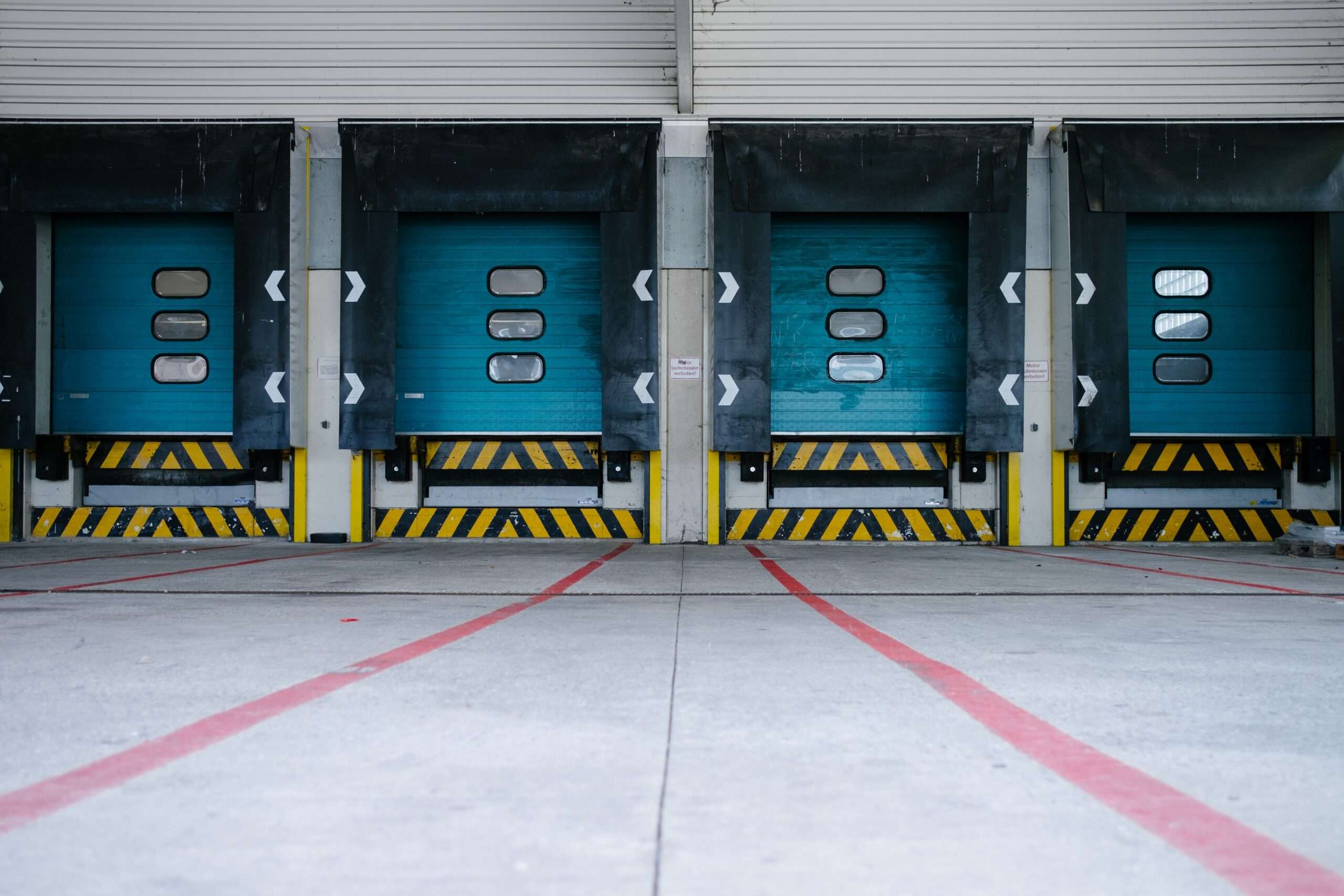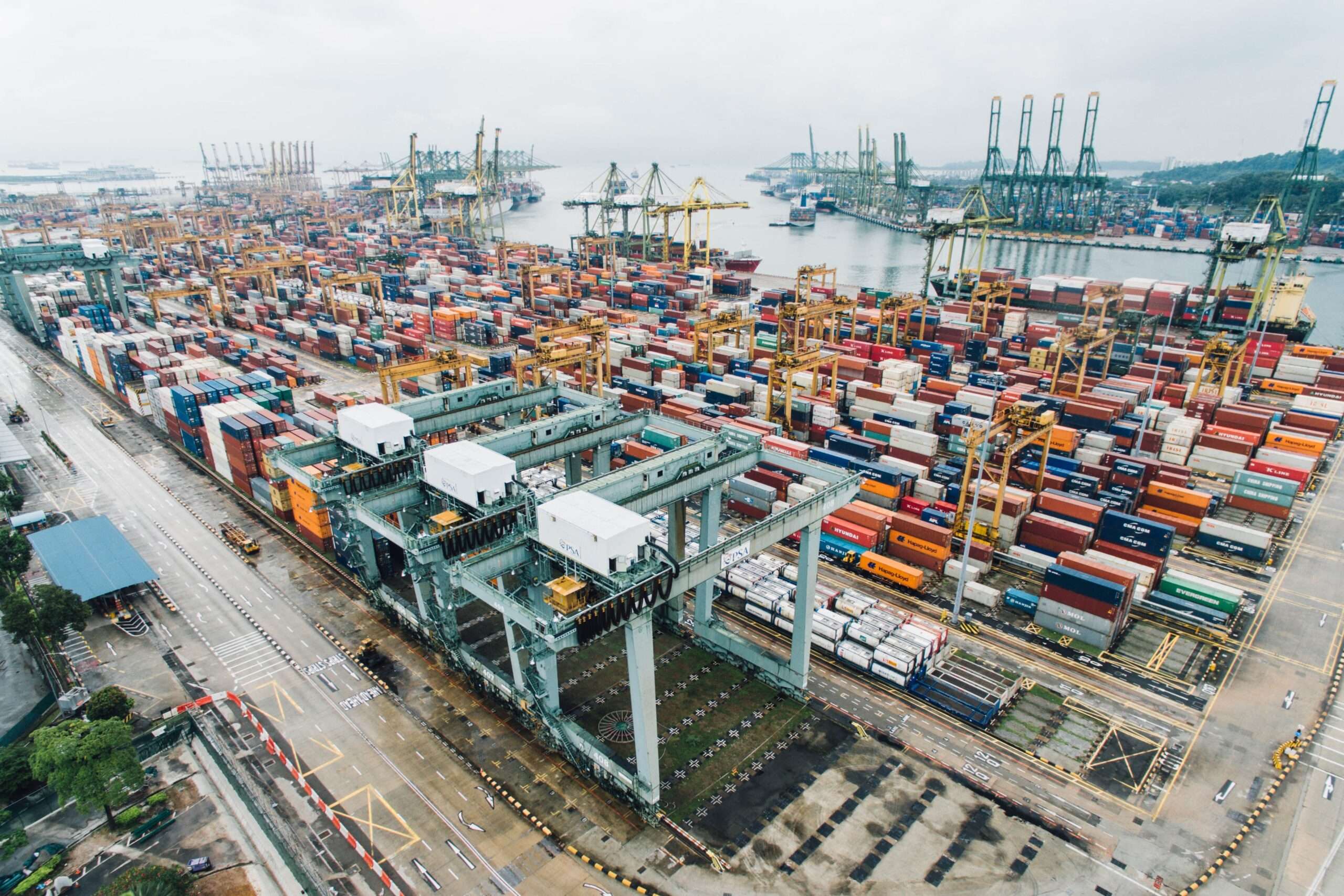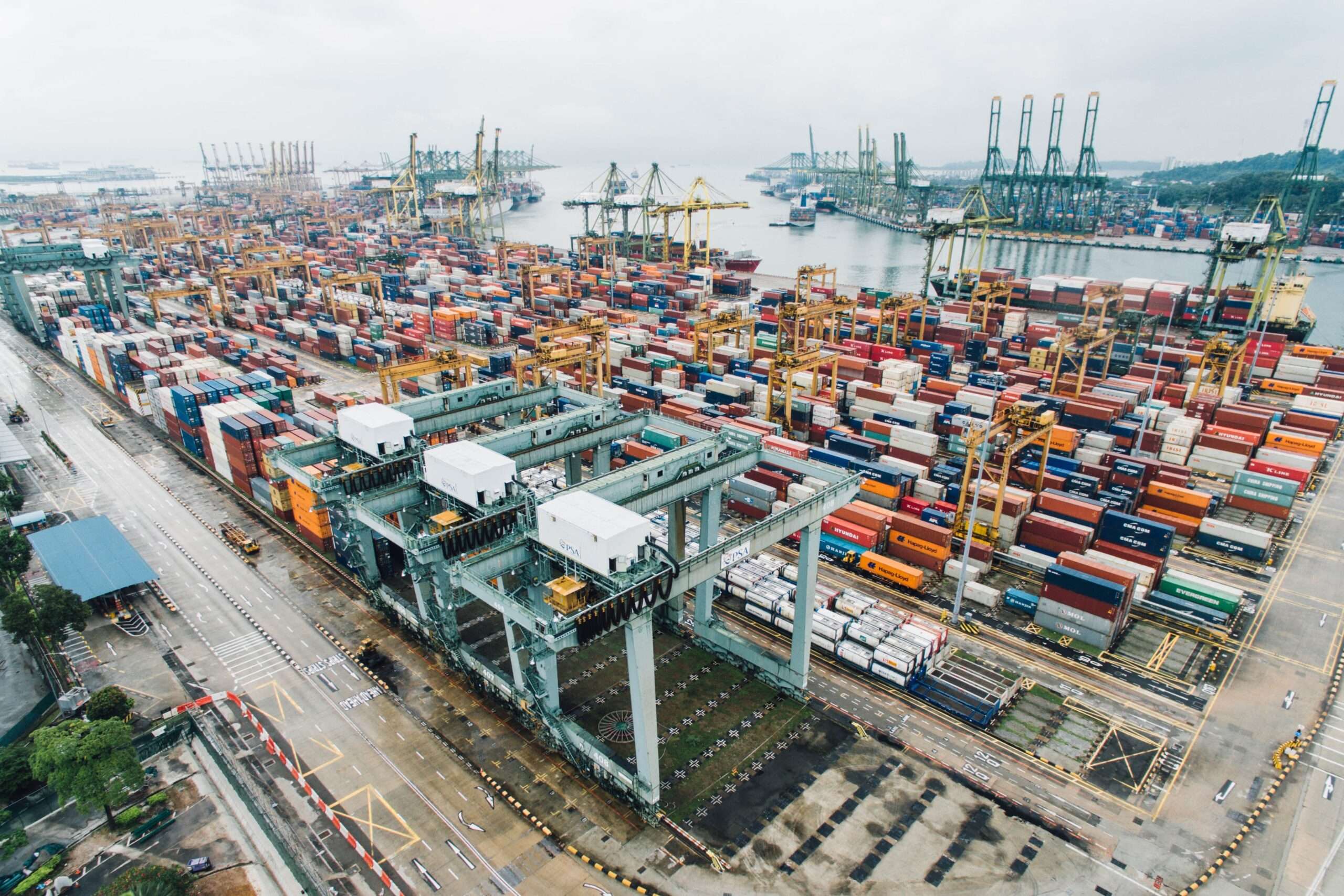Are shipping containers worth it? This question has been on the minds of many individuals seeking alternative housing solutions, particularly those interested in off-grid living. With the rise in popularity of repurposing shipping containers as homes or even eco-friendly businesses, the potential benefits and drawbacks of this unconventional approach have become a topic of intense discussion. In this article, I aim to explore the feasibility, cost-effectiveness, and sustainability of using shipping containers as a means of creating living spaces, shedding light on whether this trend is truly worth pursuing.
Benefits of Using Shipping Containers
Affordability
One of the major benefits of using shipping containers is their affordability. These containers are readily available in the market and can be purchased at a fraction of the cost of traditional building materials. This makes them an attractive option for individuals and businesses looking for cost-effective solutions. Additionally, the modular nature of shipping containers allows for easy expansion or reduction of space, making them a flexible and budget-friendly choice.
Durability
Shipping containers are built to withstand harsh weather conditions and rough handling during transportation. Made from sturdy materials such as steel, these containers offer excellent durability and are resistant to corrosion and pests. This ensures that the structure remains intact over time, reducing the need for frequent repairs and maintenance. Furthermore, the robust construction of shipping containers makes them suitable for various applications, including those in remote and challenging environments.
Portability
Another advantage of shipping containers is their portability. Designed for easy transportation, these containers can be easily loaded onto trucks, ships, or trains, enabling efficient logistics and shipping. This portability also extends to their on-site mobility, making it possible to relocate the container if needed. This flexibility is particularly valuable for businesses that require temporary or mobile structures, as it allows them to adapt to changing needs and environments.
Versatility
Shipping containers offer a high degree of versatility in terms of design and functionality. These containers can be modified and customized to suit specific requirements, ranging from simple interior modifications to complete renovations. The modular nature of shipping containers also allows for easy stacking and joining, creating larger spaces and unique layouts. This versatility makes shipping containers suitable for various applications, including residential homes, offices, retail shops, art installations, and emergency shelters.
Factors to Consider
Initial Cost
While shipping containers are generally more affordable than traditional building materials, it is important to consider the initial cost when deciding to use them. Factors such as the size, condition, and location of the container can affect the price. Additionally, any modifications or customizations required will incur additional expenses. It is essential to carefully evaluate all these factors and compare the costs with alternative building options to determine the overall financial feasibility of using shipping containers.
Location and Zoning Regulations
Before using shipping containers, it is crucial to consider the location and zoning regulations. Some areas may have specific restrictions or requirements regarding the use of shipping containers for residential or commercial purposes. These regulations can vary greatly depending on the jurisdiction and may dictate factors such as setback distances, foundations, and aesthetics. It is advisable to consult with local authorities and obtain proper permits to ensure compliance with the applicable regulations.
Modifications and Customizations
While shipping containers offer flexibility in terms of modifications and customizations, it is important to carefully plan and budget for these changes. Depending on the intended purpose, modifications may include adding windows, doors, insulation, plumbing, electrical systems, and ventilation. Each modification comes with its own costs and considerations. It is crucial to work with experienced professionals who can guide you through the process and ensure the modifications meet safety and functional requirements.

Insulation and Climate Control
Shipping containers are not inherently designed for insulation or climate control. Therefore, if the intended use requires temperature regulation or protection against extreme weather conditions, it is necessary to consider insulation and climate control systems. Proper insulation can help maintain a comfortable indoor temperature and reduce energy consumption. Additionally, incorporating ventilation systems and air conditioning can improve air quality and enhance occupant comfort. It is important to assess the climate requirements and invest in appropriate insulation and climate control solutions.
Space Limitations
While shipping containers offer versatility in terms of design and functionality, their size can impose space limitations. Standard shipping containers have fixed dimensions that may not be ideal for all purposes. It is essential to carefully evaluate the space requirements and determine if multiple containers, cutting and joining, or additional structures will be needed to meet the desired space. Oversights in space planning can lead to inefficiencies and functional limitations. Thoroughly assessing and planning for space limitations is crucial to ensure the shipping container meets the intended use effectively.
Advantages of Shipping Container Homes
Sustainable and Eco-friendly
Shipping container homes are considered sustainable and eco-friendly due to various reasons. Firstly, repurposing shipping containers reduces waste and eliminates the need for new construction materials. This helps conserve natural resources and reduces the carbon footprint associated with manufacturing new building materials. Additionally, shipping containers can be equipped with renewable energy systems, such as solar panels, to further enhance their sustainability. Overall, choosing a shipping container home contributes to a more environmentally conscious and sustainable lifestyle.
Fast Construction
One of the notable advantages of shipping container homes is their fast construction time. Compared to traditional building methods, which can take months or even years, shipping container homes can be quickly assembled on-site. This is because the structural framework is already in place, and most of the construction work involves modifications and interior finishes. The reduced construction time allows homeowners to move into their new space sooner and can be particularly beneficial in urgent housing situations or when time is of the essence.
Mobility and Flexibility
Shipping container homes offer mobility and flexibility due to their modular and portable nature. If the need for relocation arises, these homes can be easily transported to a new site, providing homeowners with the freedom to change their living environment. Furthermore, the modular design allows for easy expansion or reduction of space, making it convenient to adapt the home to changing needs or accommodate additional family members. This mobility and flexibility make shipping container homes a versatile and adaptable housing solution.
Unique Aesthetic
The unique aesthetic appeal of shipping container homes is an attractive feature for many individuals. The industrial and minimalist design of these homes can create a modern, sleek, and unconventional look. This distinctive appearance sets shipping container homes apart from traditional houses, allowing homeowners to express their individuality and creative vision. Moreover, shipping containers can be easily customized and decorated to suit personal preferences, making each home truly unique.
Challenges in Using Shipping Containers
Structural Integrity
One of the challenges associated with using shipping containers is ensuring their structural integrity. While shipping containers are designed to withstand heavy loads during transportation, modifying them or stacking them can alter their structural stability. It is essential to work with experienced professionals who understand the structural aspects of shipping containers and can provide proper engineering and reinforcement where needed. Failing to address structural issues can lead to safety hazards and compromise the overall integrity of the shipping container structure.

Limited Space
Although shipping containers offer versatility, their size can pose limitations in terms of available space. The small footprint and fixed dimensions of shipping containers may present challenges when designing and planning for sufficient living or working space. Careful consideration must be given to space utilization, functional layouts, and storage solutions to optimize the available space effectively. Additionally, if multiple containers are used or modifications are made, it is crucial to ensure that the resulting space meets the desired requirements while still maintaining structural integrity.
Potential Health Risks
Shipping containers that have been previously used for transporting goods may carry potential health risks. These risks can arise from residual chemicals, toxins, or pests that might have been present in the container. It is important to thoroughly clean and inspect the container before use, ensuring it meets relevant health and safety standards. Additionally, proper ventilation and air circulation must be considered to maintain a healthy and safe indoor environment. Taking necessary precautions and conducting proper testing can minimize potential health risks associated with using shipping containers.
Legal and Permitting Issues
Using shipping containers for residential or commercial purposes may face legal and permitting challenges. Different jurisdictions have varying regulations and zoning restrictions that govern the use of shipping containers as habitable structures. It is important to thoroughly research and understand the local regulations and obtain necessary permits before proceeding with a shipping container project. Failure to comply with the applicable regulations can result in fines, forced dismantlement, or limitations on the use of the container. Consulting with local authorities and professionals with knowledge in zoning and permitting can help navigate through these legal considerations.
Different Uses for Shipping Containers
Residential Homes
Shipping containers are increasingly being used as an alternative housing solution. They can be converted into comfortable, functional, and efficient homes for individuals or families. The modular nature of shipping containers allows for easy expansion or downsizing, making them suitable for different household sizes. Additionally, shipping container homes can be designed to be off-grid, utilizing renewable energy sources and incorporating sustainable systems for water supply and waste management.
Offices and Workspaces
Shipping containers are well-suited for creating unique office and workspace environments. They can be converted into compact and flexible office spaces, providing a comfortable and functional working atmosphere. Shipping container offices can be customized with amenities such as desks, storage, and meeting areas to meet the specific requirements of businesses. These portable offices also offer the advantage of mobility, allowing businesses to easily move to different locations if needed.
Retail and Pop-up Shops
Shipping containers have become popular for retail and pop-up shop setups. These containers can be transformed into eye-catching retail spaces or temporary stores in a cost-effective manner. The versatility of shipping containers allows for innovative and creative designs that attract customers and generate interest. Their portability enables businesses to set up shop in different locations or participate in events and festivals. Shipping container retail spaces offer a unique and memorable experience for customers.
Art Installations and Exhibitions
Shipping containers provide a unique and unconventional canvas for art installations and exhibitions. It is not uncommon to see shipping containers used as galleries or exhibition spaces. Their industrial aesthetic adds to the artistic appeal, creating a distinct atmosphere for showcasing artwork. Shipping containers can be easily modified to include lighting, insulation, and climate control systems, providing a suitable environment for various forms of art. These installations can be temporary or permanent, allowing flexibility and creativity in presenting art to the public.

Emergency Shelters
In times of natural disasters or humanitarian crises, shipping containers can be quickly deployed as emergency shelters. These containers can provide temporary housing solutions for displaced individuals or communities. The robust construction of shipping containers ensures durability and resistance to harsh conditions. Shipping container shelters can be equipped with basic amenities such as sleeping areas, sanitation facilities, and storage spaces, providing a safe and secure environment during challenging times.
Cost Comparison with Traditional Construction
Initial Investment
When comparing the cost of using shipping containers to traditional construction methods, it is important to consider the initial investment. Shipping containers generally have a lower upfront cost compared to buying land and constructing a traditional building. However, modifications and customizations can add to the overall cost. It is essential to evaluate the specific requirements, the condition and quality of the containers, and any additional costs associated with permits, foundations, and utilities to determine the true initial investment of using shipping containers.
Operational Costs
While shipping containers offer affordability in terms of initial investment, it is necessary to consider the operational costs. These costs include ongoing expenses such as utilities, maintenance, and repairs. Shipping container structures may have higher energy demands due to the need for insulation and climate control systems. It is important to invest in energy-efficient solutions to minimize operational costs. Regular maintenance and addressing any repairs promptly can also contribute to cost savings in the long run.
Maintenance and Repairs
Maintenance and repairs are important considerations when using shipping containers. As with any structure, regular inspections and maintenance are necessary to ensure the longevity and safety of the container. The steel structure may require periodic painting or coating to prevent corrosion. Additionally, any modifications or additions must be properly maintained to avoid structural issues. Promptly addressing any repairs or damages is crucial in preventing further deterioration and extending the lifespan of the shipping container structure.
Long-Term Value
Assessing the long-term value of using shipping containers involves considering factors such as resale value and future adaptability. While the resale value of shipping container homes can vary depending on factors such as location and market demand, their unique and eco-friendly appeal can attract potential buyers. Additionally, shipping container structures offer adaptability, allowing for repurposing or modifications as needs change. These factors contribute to the long-term value of using shipping containers, making them an investment that can provide returns over time.
Considerations for Off Grid Living
Energy Efficiency
Off-grid living with shipping container structures requires careful consideration of energy efficiency. Since these structures may have higher energy demands due to the need for insulation and climate control systems, it is important to invest in energy-efficient solutions. Incorporating renewable energy sources such as solar panels can significantly reduce reliance on traditional energy sources. Additionally, energy-efficient appliances, lighting, and insulation can further minimize energy consumption and optimize the use of available resources.
Water Supply and Waste Management
Off-grid living often involves sourcing water and managing waste without connection to municipal systems. When using shipping containers, it is necessary to plan for water supply and waste management solutions. Collecting and storing rainwater, implementing efficient plumbing fixtures, and utilizing greywater systems can help conserve water resources. Proper waste management systems, including composting toilets and recycling facilities, can minimize the environmental impact. Careful planning and adopting eco-friendly practices are essential considerations for off-grid living with shipping container structures.
Sustainable Resources
Promoting sustainability in off-grid living with shipping container structures involves utilizing sustainable resources. This can include incorporating locally sourced and recycled materials in construction and renovations. Additionally, considering sustainable systems such as permaculture practices in landscaping and food production can further enhance the self-sufficiency and eco-friendliness of the off-grid lifestyle. Sustainable resource management contributes to minimizing the environmental impact and creating a sustainable and resilient living environment.
Remote Location Challenges
Off-grid living with shipping container structures in remote locations presents its own set of challenges. Access to amenities, goods, and services may be limited, requiring careful planning and provisions. Transportation logistics, communication infrastructure, and emergency response capabilities must be considered. Additionally, the remoteness can impact the availability and reliability of utilities such as electricity and water. Contingency plans and alternative solutions should be carefully developed to address the challenges associated with off-grid living in remote locations.
Safety and Security
Fire Safety
Ensuring fire safety in shipping container structures is essential for the well-being of occupants. While shipping containers are made of steel, which is fire-resistant, modifications and interior finishes can affect their fire resistance. It is crucial to incorporate proper fire safety measures such as smoke detectors, fire extinguishers, and fire-resistant materials. Additionally, considering the layout and accessibility of escape routes is important to facilitate a quick and safe evacuation in the event of a fire. Compliance with local fire codes and regulations is fundamental to maintaining a fire-safe environment.
Structural Stability
Maintaining the structural stability of shipping container structures is crucial to ensure occupant safety. Modifications, such as cutting openings or removing sections of the container, must be properly engineered and reinforced to prevent structural weaknesses. It is important to work with professionals who understand the structural aspects of shipping containers and can provide proper guidance and reinforcement where needed. Regular inspections, prompt repairs, and compliance with relevant building codes contribute to the overall structural stability and safety of the shipping container structure.
Theft and Vandalism Prevention
As with any property, security measures to prevent theft and vandalism should be considered for shipping container structures. Installing security systems such as alarms, security cameras, and motion sensor lights can act as deterrents and help identify potential threats. Reinforced doors and windows, as well as security bars or shutters, can further enhance protection against break-ins. Adequate lighting and visibility can also contribute to a secure environment. Assessing the security needs and implementing appropriate measures can minimize the risk of theft or vandalism.
Financial Viability
Return on Investment
Determining the return on investment (ROI) is an important consideration when using shipping containers. The ROI will depend on various factors such as the initial investment, operational costs, ongoing maintenance, and the potential resale value. Careful evaluation of these factors and comparing them to alternative building options can help assess the financial viability. While shipping containers offer affordability advantages, the ROI should consider the specific context and long-term goals of the project, taking into account both financial and non-financial benefits.
Resale Value
The resale value of shipping container structures can vary depending on factors such as location, market demand, and the condition of the container. While unconventional, shipping container structures can have unique appeal and attract potential buyers seeking a distinctive living or working space. Moreover, the eco-friendly and sustainable aspects of shipping container structures can be appealing to environmentally conscious individuals. The resale value should be carefully evaluated and compared to the initial investment to assess the potential return on the property.
Insurance and Financing Options
When using shipping container structures, it is important to consider insurance and financing options. Insurance coverage should be obtained to protect against potential damages or liabilities. Working with insurance providers who understand the unique aspects of shipping container structures can ensure appropriate coverage. Additionally, financing options should be explored, whether for the initial investment or for future modifications and expansions. Consulting with financial institutions or specialized lenders can provide insights into the available financing options.
Conclusion
Shipping containers offer numerous benefits and advantages in various applications, including residential homes, offices, retail spaces, and emergency shelters. Their affordability, durability, portability, and versatility make them a viable alternative to traditional construction methods. However, factors such as initial cost, modifications, insulation, and legal considerations should be carefully evaluated before embarking on a shipping container project. Off-grid living with shipping container structures requires additional considerations such as energy efficiency, water supply, waste management, and remote location challenges. Ensuring safety, security, and financial viability contributes to a successful and sustainable shipping container project. Ultimately, the decision to use shipping containers should be based on a comprehensive evaluation of the benefits and challenges, taking into account individual needs, preferences, and long-term goals.




